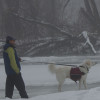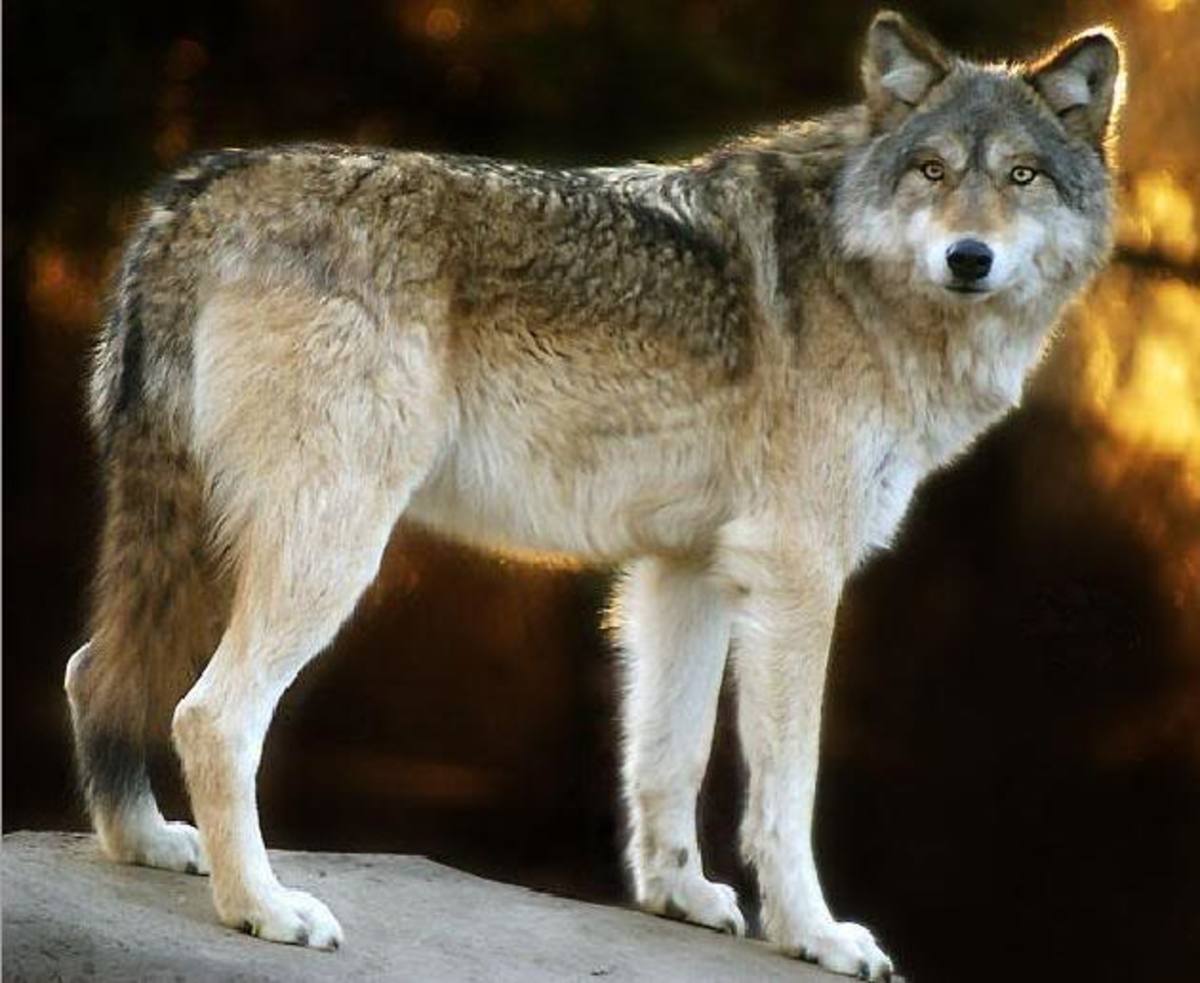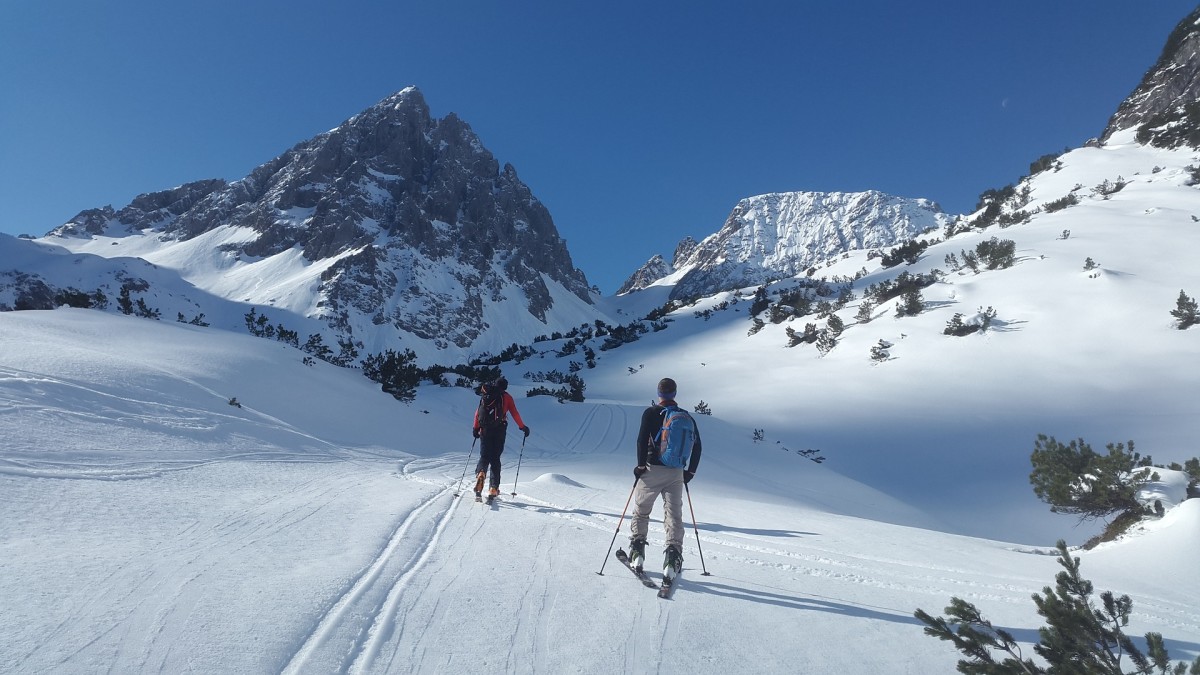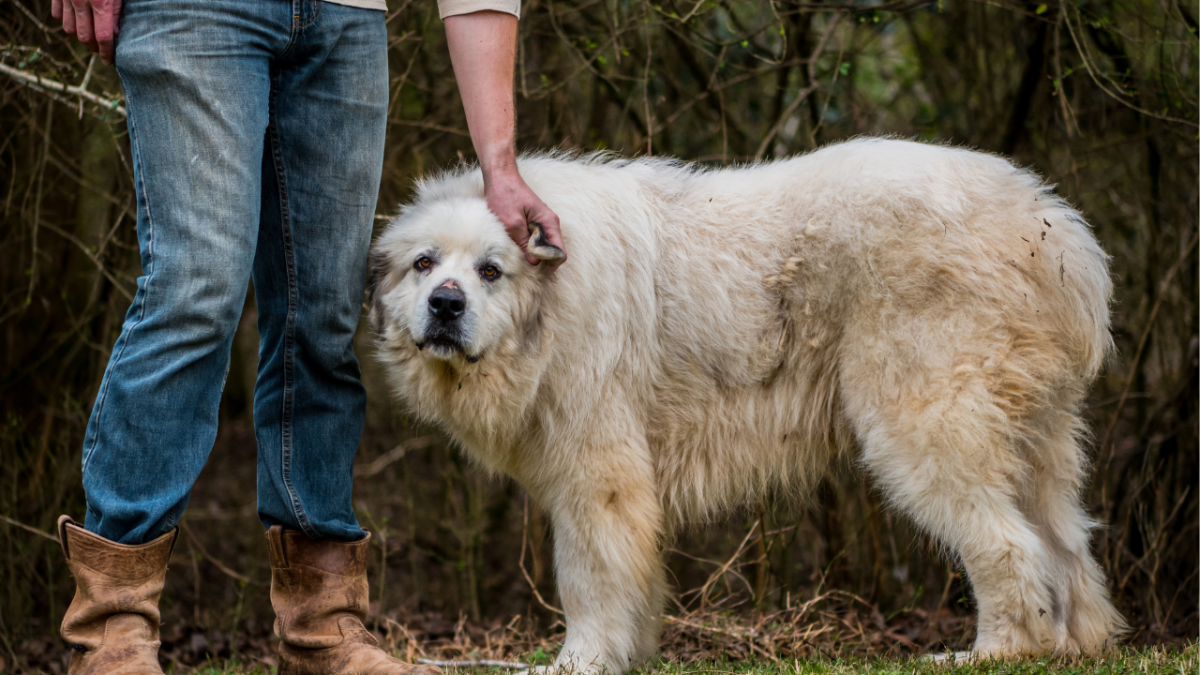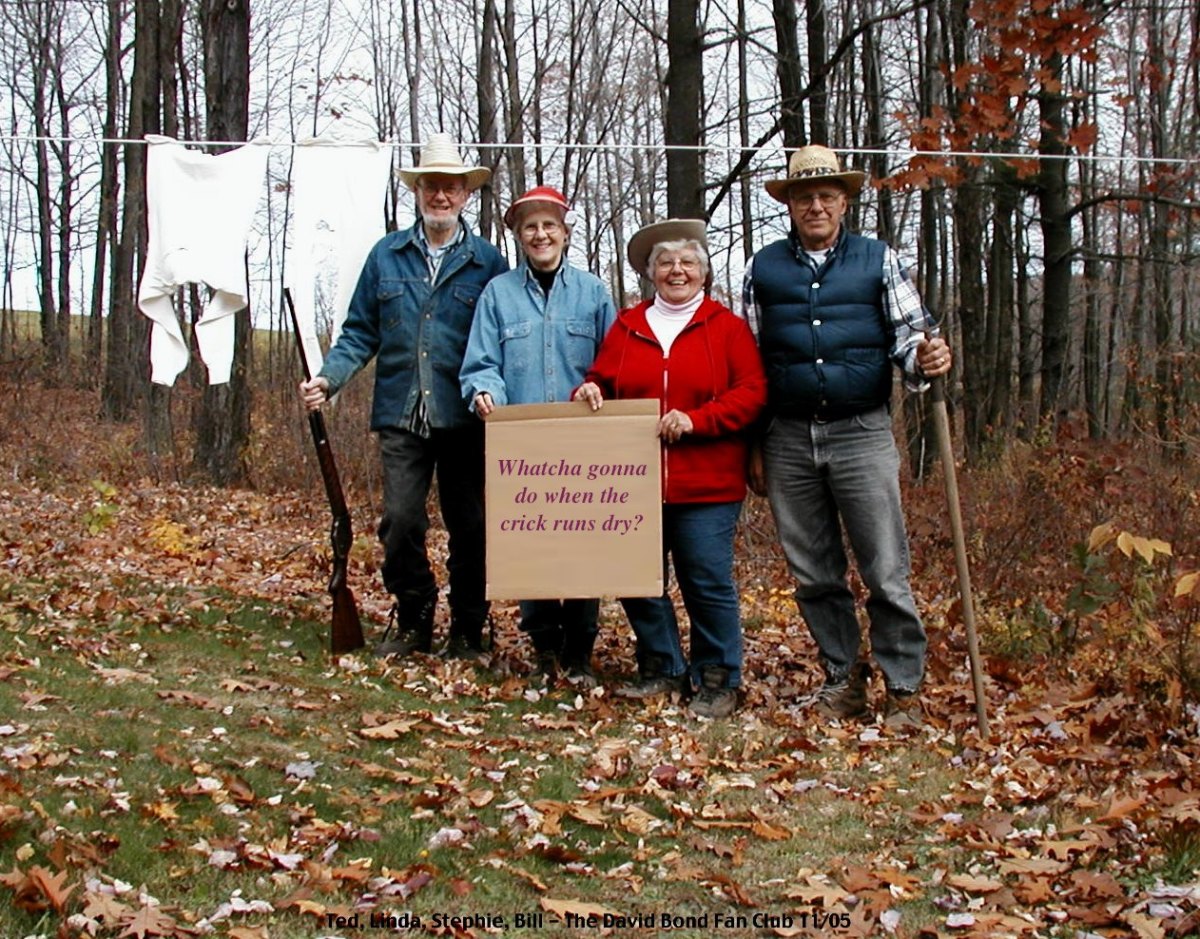Brave Women on the Mountaintop (My Response to Bill Holland's Challenge)
K2, my great white dog, and I had been hiking for 3 hours without taking a break. It was a normal day long hiking adventure that started with my wife driving us both to the starting point early in the morning and would have ended just after the dusk at the finishing point where my wife would pick me up. However, this one had turned out to be different as I had underestimated the difficulty of the terrain.
I finally decided to take a respite and have a light snack and tea. K2 gulped his within a minute and laid down with eyes looking at a distant object as if he was in trance. My mind, on the other hand, started wandering off. I started questioning why am I wasting all this time hiking and taking landscape and wildlife pictures.
As I started thinking about it, I realized that it was not a recent phenomena. The seeds were sown in the late 70s and the sapling nurtured by several people who I heard and read about all those years up to now. Many of them were women, who had climbed to the mountaintop. Most notable among them were the Leakey's Angels, namely late Diane Fossey, Dr. Jane Goodall, and Birute Galdikas, noted for their work on Gorillas, Chimpanzees, and Orangutans, respectively. However, some of them are not as well known as those three.
Here are three brave women who climbed their own mountaintop and, in doing so, either helped me in defining my vision or helped made my vision clearer.

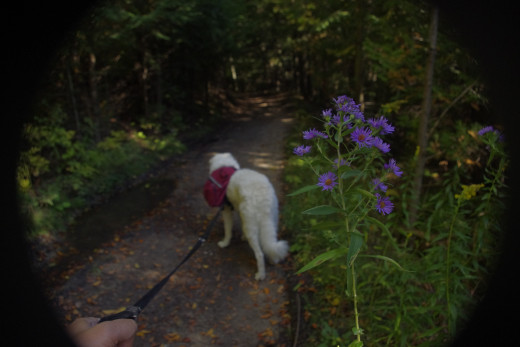
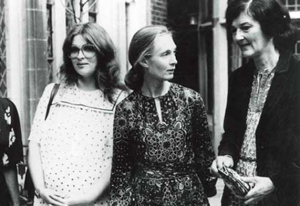
Robyn Davidson reached the lateral mountaintop
In 1977, Robyn Davidson, then 27 years old, trekked across 1,700 Miles of Australian desert and she did it with four camels, a loyal dog, and her self-doubt and introspection.
Robyn grew up in Adelaide, a city in Southern Australia, but she traveled to the Central Australian town of Alice Springs, arriving with just $6 in her pocket and a desire to learn about camels. She worked in a bar and started training under an Afghan camel owner, performing menial jobs and learning all she could. It took two years, but finally she was ready to pursue her dream.

She was not able to accumulate the funds needed for the adventure and so she applied for and received a grant from National Geographic. But the magazine appointed a photographer to meet with her off and on cover her journey.
On her way, she encountered Aboriginal people, who were under terrible persecution of the settlers. She stood by their rights and wrote about their plight. Through her journey, people learned about the Outback and about the Aboriginal people and their terrible conditions for the first time. Therefore, her personal journey turned out to be much more than what she had originally thought.
A girl growing up with all the privileges made it to the mountaintop, despite all the challenges, because she persevered and followed her heart.

Her book, 'Tracks', subtitled, 'A Woman's Solo Trek Across 1,700 Miles of Australian Outback,' first published in May 1995, is now considered a classic with a motion picture that came out in 2013. By the way, I read her account much before it was published in book form, through the courtesy of a long article in National Geographic sometimes in the early 1980s, for improving my English for going to the USA for studies.
Upon reading that article, I was left with the thought that if she could do this, I could too. For a long time I planned for hiking through the northern mountains of Pakistan taking my dogs and a few yaks along. My present hobby of hiking with my dog has its roots in reading about Robyn's adventure over 40 years ago.

Cat Urbigkit herds her way to a mountaintop
Cat Urbigkit left city life when she was in high school to live the rest of her life with her then boy friend, who soon became her husband. At present, she lives with him and their son in western Wyoming and keeps sheep for a living.
Cat is an award winning writer and photographer and has written a book 'Shepherds of the Coyote Rocks', subtitled 'Public Lands, private Herds and the Natural World', first published in September 2012. The book details how the author took her sheep for grazing in predators dominated ranches of western Wyoming with the help of three livestock guardian dogs, a herding dog, and two burros.
Through her book and her Facebook page, Cat brings the knowledge out from diversified subjects as they apply to shepherding in western Wyoming. She educates her followers like me on the concept of transhumance across the globe, livestock and guarding animals, and on the history, geography, economy, ecology, ethnicity and culture, flora and fauna, predators and prey relationship in the region, caring for livestock guardian dogs, and of course the relationship between humans and livestock in the region.

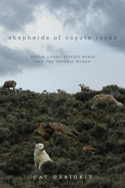
I like Cat Urbigkit as she reached the mountaintop by following her heart and is herding sheep with the protection of her livestock guardian dogs, a chore normally meant for men. In addition, she does lots of wildlife photography as it presents itself on the range.
Reading her book and Facebook posts, I have discovered that livestock guardian dogs can be used as a tool for wildlife conservation also. Also, her writings provided a much needed disconfirmation of a preconceived notion that all western ranchers hate predators. I have referenced her work in some of my articles as well.
Malala Yusafzai climbed a mountaintop for girl education
Malala Yousafzai was born on July 12, 1997, in Mingora, Pakistan. As a child, she became an advocate for girls' education at a time when the Taliban, a religious extremist and a terrorist organization, were wielding considerable power. This resulted in the Taliban issuing a death threat against her. On October 9, 2012, a gunman shot Malala when she was traveling home from school. She survived, and has continued to speak out on the importance of education.
She has also written an autobiography, " I Am Malala: The Girl Who Stood Up for Education and Was Shot by the Taliban", which was released in October 2013.
She was nominated for a Nobel Peace Prize in 2013. She was nominated again in 2014 and won, thus becoming the youngest person to receive the Nobel Peace Prize and reaching the mountaintop.
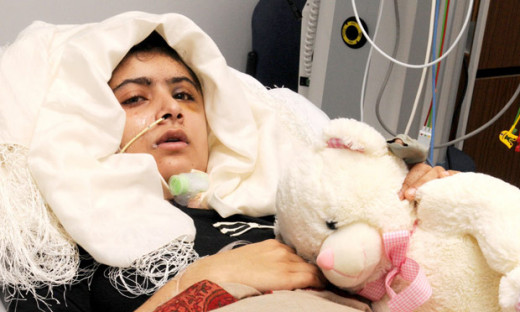

I grew up in the same region, in a much more advanced and developed Nowshera district of Khyber Pukhtoonkhwa (KPK or short) province just 60 kms south of Swat district, where Malala comes from. I was able to relate to the cultural and religious nuances and many of the events described graphically in her book and to a fair degree of opposition she has met in her own country by her own people.

I consider Malala a role model for young people from developing countries like Pakistan. I was impressed by the fact that a girl hailing from such a backward district of KPK, had better English and a far superior vision at age 11 to 16 than anybody in the same age group had in my generation, although we got educated at the best schools from much more advanced districts of the same province. It goes to prove that Malala is truly a blessed child from Pakistan who bravely overcame the adversities of the worst nature to accomplish her dream.
Reading Malala's autobiography reminded me that it was in my high school days spent in the same region where my friends and I had gotten into a hobby of hiking with our dogs in the wilderness.

Final words
MsDora in her response to Bill's challenge has correctly stated that the women who make it to the mountaintop deserve to be celebrated and imitated. In addition to endurance, they teach us confidence and dedication.
And of course, Bill's piece about his wife is simply priceless, when he says, "When her days have finally ended, and she is but a memory to those who knew her, she will always be seen upon that mountaintop, arms stretched wide, welcoming life and all it offers, and giving the same." This applies to all women that I have read or known and who have made it to the mountaintop.
And finishing this piece, I would like to remind my fellow hubbers that there may be some women hubbers who may have reached a mountaintop or may be close to reaching one, just like the lady in the picture here. I hope we are able to recognize her and her great work.
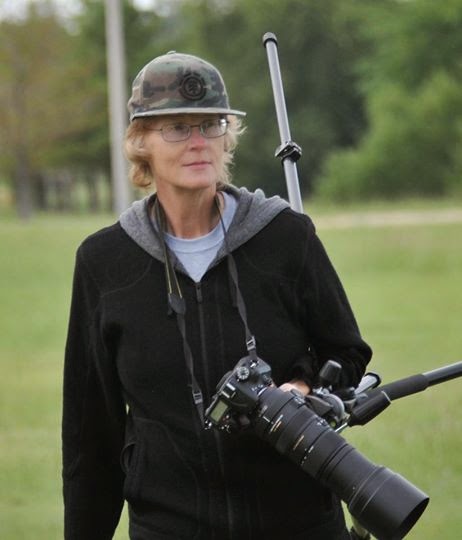
References
- A Writing Challenge: The Woman on the Mountaintop by Bill Holland (billybuc)
Are you ready to spread your writing wings and fly? - 'I am Malala', the book review by Suhail and my dog
This is a belated book review, as well as an attempt to make people think of the province as a hidden treasure of natural, archaeological, historical and cultural touristic resources for the future. - How dogs can protect wolves and livestock alike by Suhail and my dog
In this hub, I have referenced work of Cat Urbigkit, who suggests that large canine aggressive livestock guardian dogs are an option for protecting livestock from wolf predation. They indirectly protect wolves also from being hunted.
